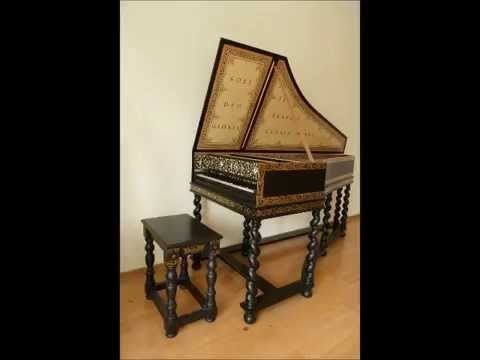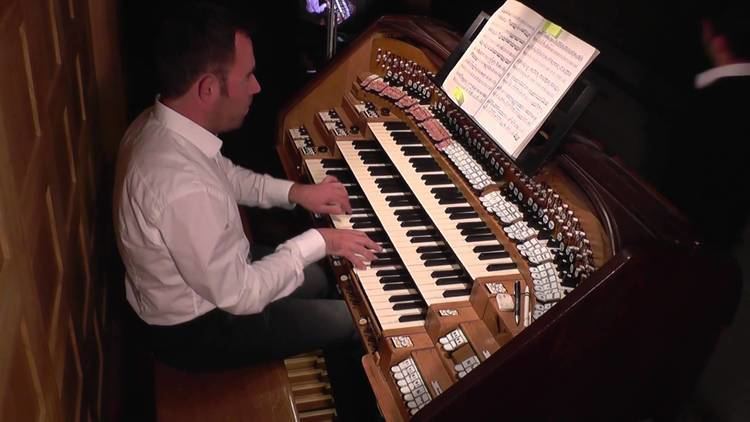Name Jean-Francois Dandrieu | Role Composer | |
 | ||
Books Noels: Christmas Music, Music for Harpsichord, Noels Similar People Andre Campra, Johann Gottfried Walther, Johann Ludwig Krebs, Giovanni Battista Martini, Gary Karr | ||
Jean fran ois dandrieu l harmonieuse hanneke van proosdij harpsichord
Jean-François Dandrieu (c. 1682 – 17 January 1738) was a French Baroque composer, harpsichordist and organist.
Contents
- Jean fran ois dandrieu l harmonieuse hanneke van proosdij harpsichord
- Jean fran ois dandrieu mvt 1 le caquet
- References
He was born in Paris into a family of artists and musicians. A gifted and precocious child, he gave his first public performances when he was 5 years old, playing the harpsichord for King Louis XIV of France, and his court. These concerts marked the beginning of Dandrieu's very successful career as harpsichordist and organist. He was a student of Jean-Baptiste Moreau. In 1700, aged 18, he started playing the organ at the Saint-Merri church in Paris (a post previously occupied by Nicolas Lebègue) and became its titular organist in 1705. At some point in 1706 he was a member of the panel of judges who examined Jean-Philippe Rameau's skills to appoint him organist of the Sainte-Madeleine en la Cité church (incidentally, a post Rameau declined). In 1721 he was appointed one of the four organists of the Chapelle royale of France. In 1733, he succeeded his uncle, the organist and priest Pierre Dandrieu (1664-1733) to become the organist of the (now destroyed) church of St Barthelémy in the Île de la Cité. He died in Paris in 1738, and was succeeded at the organ of St Barthelémy by his sister, Jeanne-Françoise.
The works published during his lifetime include the following collections:

A volume of organ pieces was published posthumously in 1739 and contained, among other works, some pieces by Jean-François' uncle, Pierre Dandrieu. Dandrieu also published an academic treatise on accompaniment (Principes de l'accompagnement) in 1718, which now serves as an important source of information on the musical practice of the era.

Dandrieu's harpsichord writing is reminiscent of that of François Couperin, but with more effective use of counterpoint, which reminds the listener of German Baroque music. The strict traditional suite "à la Froberger" is abandoned in his works, many dance movements replaced with the so-called pièces de caractère, pieces with descriptive titles that were common in French music of the 18th century. Dandrieu's harpsichord oeuvre is, after those of François Couperin and Jean-Nicolas Geoffroy, the most important in terms of sheer quantity of pieces.

